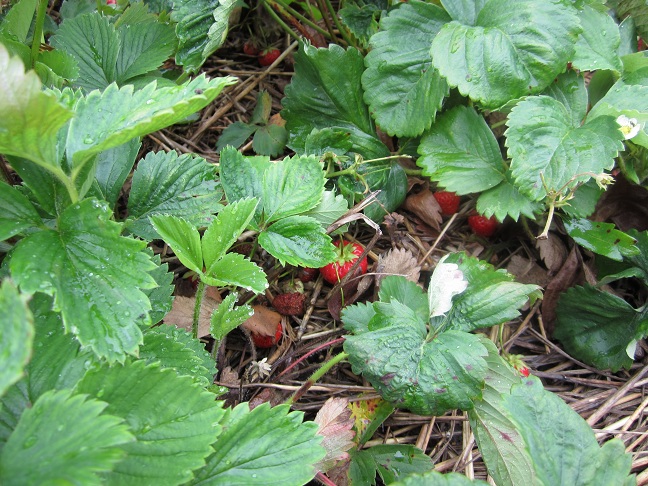These delicious little fruits are perfect with scones, as part of many desserts and simply served in a bowl with cream. Unfortunately, even when they’re in season, strawberries are not cheap so if you’ve ever wondered about growing your own, you’ll be pleased to hear it’s very straightforward.
While strawberries are a fantastic addition to an…








